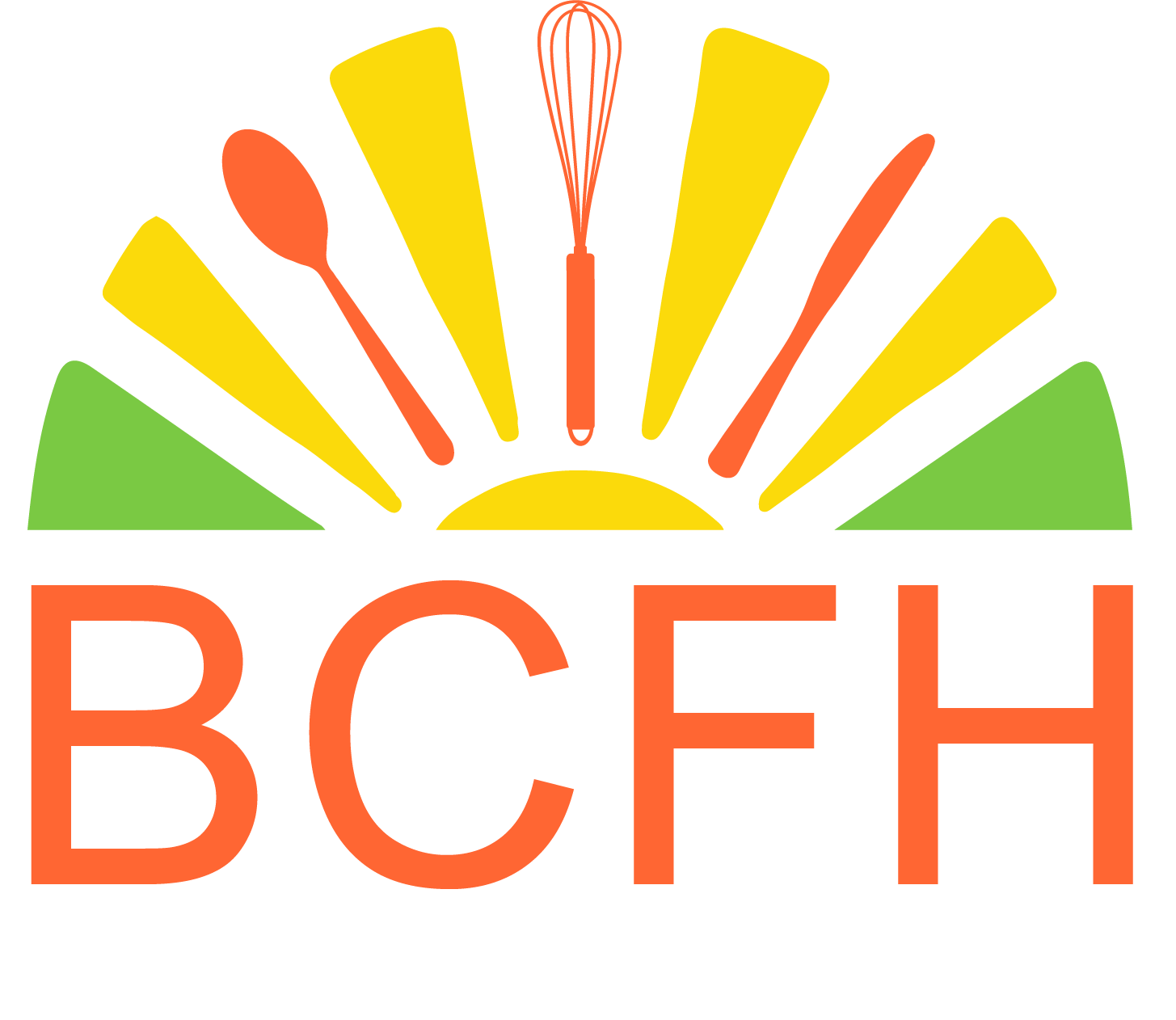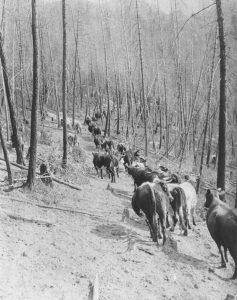Beef for the Colony of British Columbia
Governor James Douglas of the Colony of British Columbia had a problem, but it was a good problem. The gold rush to the Lower Fraser River, that had precipitated the creation of the Colony in 1858, had gradually spread up the river through the Fraser Canyon. By 1862, miners had entered a region that was being called the Cariboo. The good news was that the Cariboo was proving to be one of the most lucrative gold regions on the planet.
The problem that confronted Douglas was how to get precious supplies to the miners above the canyon. In 1861, the Royal Engineers had begun constructing a series of roads connecting lakes on the Harrison Lake to Lillooet route. However, moving goods and supplies over the route meant transferring freight from pack horse or mules to boats no less than eight times. It was clear that this was not an efficient route for moving goods. Governor Douglas became convinced that the better supply route would be via the Fraser Canyon and, in 1862 the construction of the Cariboo Road from the head of steamboat navigation at Yale had begun. In the meantime, some miners en route to the Cariboo were turning back for lack of supplies.
 Fortunately Douglas, as an old Hudson’s Bay Company fur trader, was aware of a “back door” into British Columbia, the old fur trade Brigade Trail that ran through the Okanagan Valley. Miners and packers had used this trail that effectively bypassed the Fraser Canyon, since 1858. More importantly to Douglas, the trail was being recognized by the ranchers of the Willamette River Valley in Oregon, as an outlet for their surplus cattle. These cattle were the descendants of British Shorthorns that had been driven over the Oregon Trail and interbred with the Spanish Red cattle from California. The result was the production of fine beef cattle that were far better than the scrawny Longhorns that were found east of the Rockies. To the Oregon ranchers, the Cariboo beckoned as a lucrative market for their cattle and the Brigade Trail gave them an access route to the region.
Fortunately Douglas, as an old Hudson’s Bay Company fur trader, was aware of a “back door” into British Columbia, the old fur trade Brigade Trail that ran through the Okanagan Valley. Miners and packers had used this trail that effectively bypassed the Fraser Canyon, since 1858. More importantly to Douglas, the trail was being recognized by the ranchers of the Willamette River Valley in Oregon, as an outlet for their surplus cattle. These cattle were the descendants of British Shorthorns that had been driven over the Oregon Trail and interbred with the Spanish Red cattle from California. The result was the production of fine beef cattle that were far better than the scrawny Longhorns that were found east of the Rockies. To the Oregon ranchers, the Cariboo beckoned as a lucrative market for their cattle and the Brigade Trail gave them an access route to the region.
To Douglas, the benefits of driving live cattle to the Cariboo were clear; not only did cattle represent food that could walk to market, but the bunch grasses that grew all along the trail were particularly nutritious and allowed drovers to move their cattle slowly so they could actually put on weight as they travelled.
Douglas wrote to the Gold Commissioner stationed on the Similkameen River on May 19, 1862:
“The great number of miners now traveling by Fraser’s River towards the Cariboo mines will rapidly consume the small stock of food in the country—and great distress must necessarily ensue unless supplies of meat and breadstuffs are brought into the country with dispatch and regularity. It is almost hopeless to expect that food in sufficient quantities to satisfy the multitudes that will this year resort to Cariboo, can be carried into that distant region on mules or horses. The means of transport are clearly insufficient for the large demand that may be anticipated. It would greatly assist … if herds of sheep and cattle could be driven into the mines. Mr. Cox is therefore instructed to encourage as much as possible the importation of sheep and cattle from the Southern Boundary and to be careful not to permit any obstacle to be thrown in the way of persons driving in cattle from the U.S. Territory for the purpose of being sent to Cariboo. Two or three thousand head of live cattle driven into the mines would effectually relieve us for the present year and I expect that number of cattle at least.”[i]
Douglas was right. In September, the British Colonist newspaper in Victoria reported, “Beef – A gentleman just down from Cariboo reports that he met over 1000 head of cattle on their way to the mines, on the Brigade Trail, and he believes that beef will sell for 25 cents per pound at Cariboo before the close of the season.”[ii]
In total, 4,131 head of fine beef cattle crossed the border at Osoyoos in 1862. Over the next few years, close to 20,000 head of cattle came over the trail. The cattle industry in British Columbia never looked back.
This is a guest blog by Ken Mather, author of several books on pioneer and ranching history, including Trail North, Ranch Tales and the most recent Stagecoach North. Ken has for over four decades worked in curatorial, management and research at Barkerville, Historic O’Keefe Ranch and Hat Creek Ranch.
[i] BC Archives, GR-1372, Colonial Correspondence, May 19, 1862, Governor James Douglas to the Gold Commissioner at Shimilcomeen [sic].
[ii] Daily British Colonist, September 10, 1862, 3.


Leave A Comment